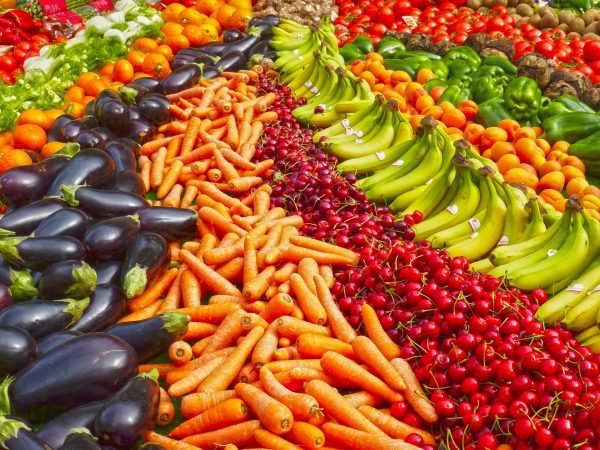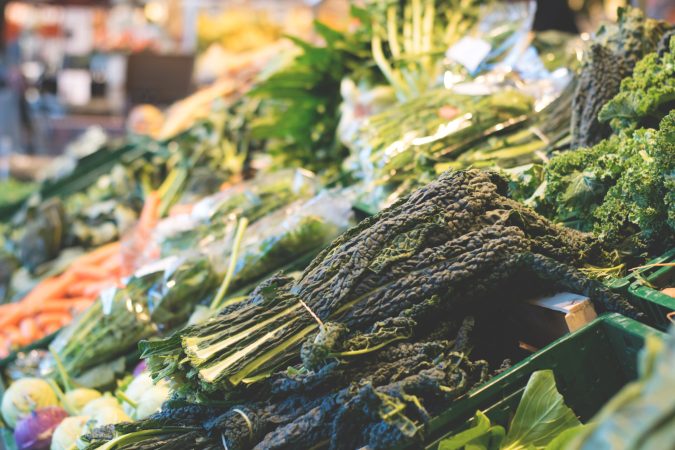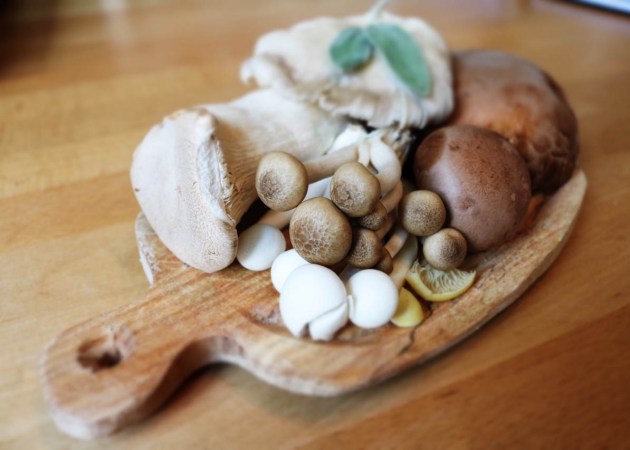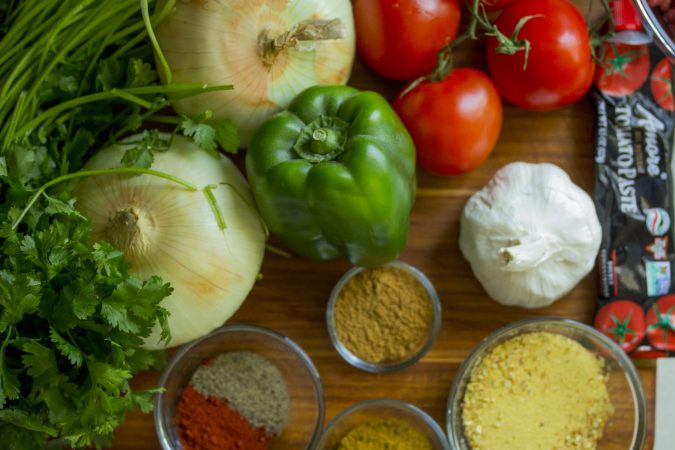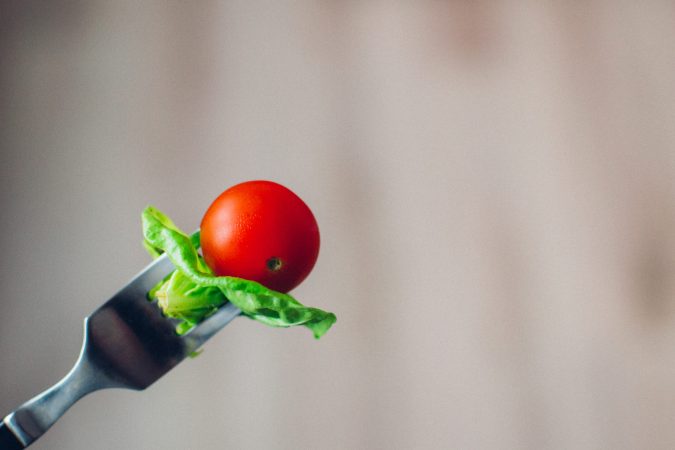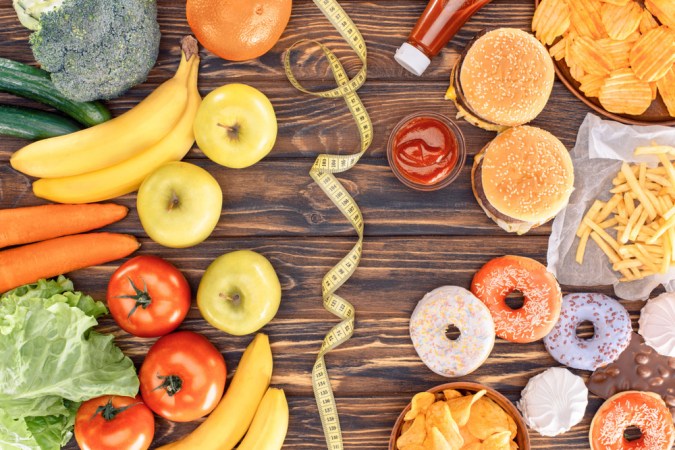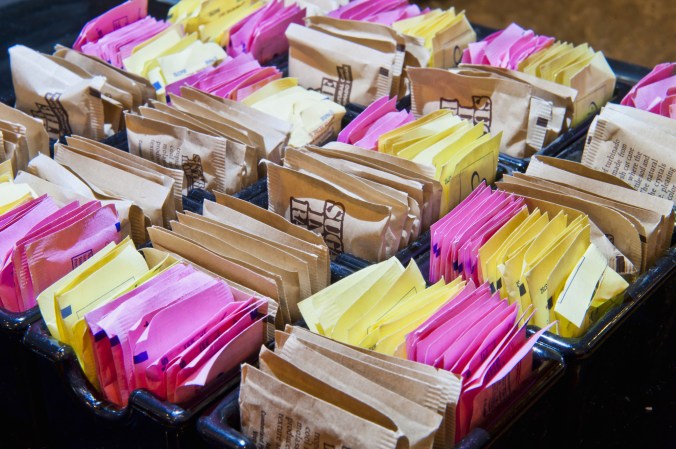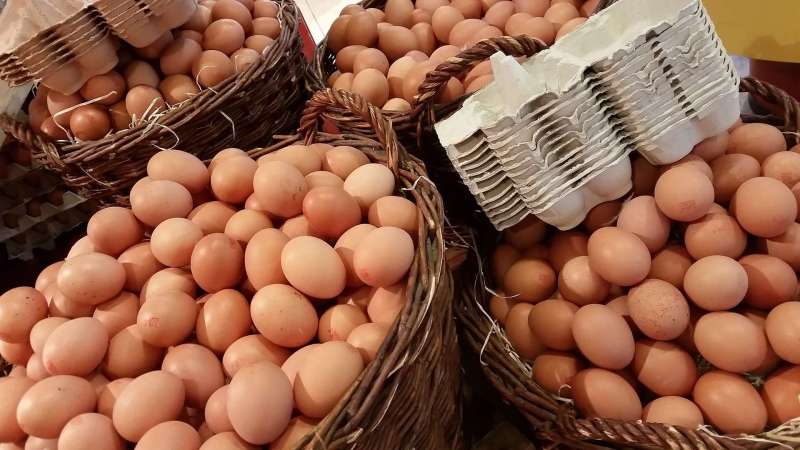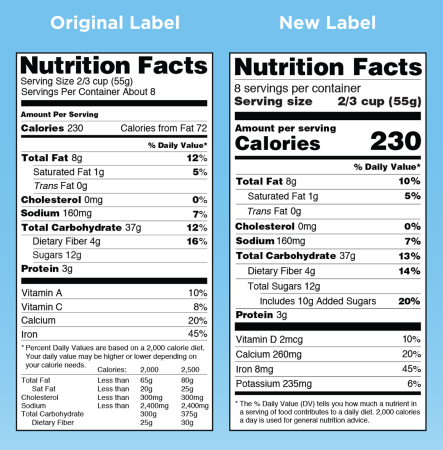


There are people in this world who genuinely love vegetables. Some snack on frozen broccoli straight from the bag. Others crave carrots, adore asparagus, and even finish their kale without being bribed, begged, or threatened.
Then there are the rest of us. Sure, a vegetable-rich diet lowers your risk for high blood pressure, heart disease, certain cancers, and more. But why do they have to taste so … vegetal?
Kids are notoriously picky in the vegetable department, but adults have a lot of room to improve as well. Nearly 90 percent of the U.S. population doesn’t eat enough vegetables. Could anything make us change our ways?
“Just giving people the information is not sufficient. If you really want to get some behavior change, you have to make it easy for people to do,” says John Hayes, a food scientist at Pennsylvania State University in University Park. “If food does not taste good, people will not eat it.”
True.
But there may yet be hope for us vegetable skeptics. Scientists are coming up with ways to cajole you into eating your veggies. Some involve a little bit of manipulation, while others focus on making the vegetables themselves taste better.
“We’re going to contribute to being healthier without having to try to make people eat stuff they don’t want to eat,” says Linda Bartoshuk, an experimental psychologist at the University of Florida in Gainesville.
Here’s how psychology and flavor science can up your vegetable ante.
Everybody’s doing it
Vegetables make up the category of foods that we acquire a taste for most slowly, Bartoshuk says. The foods we classify as vegetables are both less sweet and more bitter than fruits, which puts them at a distinct disadvantage from the get-go.
“Humans are preprogrammed to find sweet tastes very rewarding and very appetizing, because sweetness normally signifies calories and energy,” says Jason Thomas, a psychologist at Aston University in Birmingham, England. Bitterness, on the other hand, can signal that a plant is poisonous. “In the wild, bitter foods could easily kill us, so we have it wired into our physiology as well to try to avoid those foods.”
That’s not an easy hurdle for vegetables to overcome. “We try to educate people about what’s healthy. That sure didn’t work,” Bartoshuk says. “We all know better than to eat what we do, but does it affect our behavior?”
Generally, no. However, drawing people’s attention to other’s choices may nudge them to make healthy decisions as well. Thomas and his colleagues tracked subjects’ vegetable intake after they encountered an educational poster in the lab or at a workplace restaurant. “If we tell students that other students eat plenty of fruit and veg, they tend to eat more themselves,” he says.
This is even true for cruciferous vegetables, a family that has a bad rap for bitterness. Perversely, its members are also packed with nutrients. “We specifically targeted broccoli because we considered it to be the most hard-sell vegetable,” Thomas says.
Unsurprisingly, we’re also influenced by what we see on social media. When people view Instagram posts that have garnered many likes, they tend to eat more of whatever foods were featured in the images. If “you have lots of cakes appearing that are heavily liked on your Instagram feed, you might end up eating a lot more of them yourself without ever meaning to, or even being aware of the link there,” Thomas says. But he thinks this could work with vegetables as well.
It might be difficult to get people to keep this behavior up in the long term, though. “So far unfortunately from our studies it doesn’t seem like we can easily nudge people’s enjoyment of food,” Thomas says. “We can get them to eat more broccoli, but it doesn’t look like at the moment we can get them to like it more.”
But that might come eventually. “We know generally that if you expose people to a food they do like it more over time,” Thomas says.

And there are other, more deceptive options as well. “Maybe you could use false memories to affect peoples’ food choices,” says Elizabeth Loftus, a psychologist at the University of California, Irvine. She studies the forces that warp our recollections, including those of eyewitnesses to crimes and accidents. She and her colleagues have also planted false memories in subjects’ minds concerning eggs, pickles, and strawberry ice cream. It turns out that if you make people think that they got sick from eating these foods as a child, they become less interested in eating them as adults. “Then we did the opposite, we planted a warm, fuzzy memory about a healthy food,” she says. When people believed they had shared some good times with asparagus, they wanted to eat more of it.
So parents might be able to hoodwink their children into eating more broccoli (or less pizza) by making up a story—and inviting them to try to “remember” details like where they might have eaten the food or how they felt about it.
It’s not clear how much tampering would be needed to change a person’s eating habits, however. “When I have suggested that this mind technology might be worth trying, people have a resistance to it. They don’t like the idea that parents would lie to their kids,” Loftus says. “What about Santa Claus and the Tooth Fairy? You’re perfectly capable of lying to the kids under some circumstances.”
She and her colleagues have speculated that some adults might be willing to grant their therapists permission to use any technique that could help them adopt healthier behaviors. “If permission is granted, then, much later, when the permission session is long forgotten, the suggestive technique might be attempted,” they wrote in the journal Perspectives on Psychological Science. “At least then it would be done with a modicum of informed consent.”
A symphony of flavor
Liking vegetables doesn’t have to mean getting comfortable with duplicity. Bartoshuk and her colleagues have been creating chemical descriptions of what makes different fruits and vegetables delicious. Identifying the flavor notes that people like gives us a chance at improving them. “We can take the foods that we know we should eat and at least maximize their sensory potential,” she says.
Much of that potential is unlocked not in the mouth, but in the nose. When you take a bite of cake, your taste buds might register basic qualities like sweetness from the sugar and bitterness from the cocoa. But to enjoy the cake’s chocolate flavor, you also need your sense of smell. As you chew, the same chemicals that gave the cake its rich scent are pumped up behind your palate and enter your nose from the back.
“Your brain pays attention to whether you sniffed it, or whether it came from your mouth,” Bartoshuk says. If the aroma came in through the mouth, the brain sends that information to the same area that handles taste. “That’s where taste and smell come together to create flavor in your brain.”
She and her colleagues are interested in volatiles, the chemicals that you inhale while smelling or tasting a food. A single piece of fruit or vegetable can contain hundreds of different volatiles. Of these, several dozen might noticeably contribute to flavor. Bartoshuk asks people to rate the tastiness of different tomatoes and other produce, and then calculates which volatiles make a choice specimen.
The flavor of most vegetables is a bit like a symphony. “Any one of those instruments playing by itself has very little resemblance to the piece as a whole,” says Harry Klee, a plant biologist at the University of Florida and a colleague of Bartoshuk. Likewise, “You really can’t take any one flavor note by itself and assess what the whole product is going to taste like.” In tomatoes, about 15 volatiles enhance flavor, and a few more detract from it; one of the chemicals that enhances sweetness actually smells like sweaty socks on its own.
Once they know which volatiles are important, the researchers figure out which genes allow the vegetable to make that particular chemical. “Then by classical breeding we get rid of the bad stuff and enrich for the good stuff,” Klee says. “If the breeder is not actively screening for the best genetics basically on a random chance they can lose it in any given generation.”
Tomatoes have suffered this very fate, he says. Modern commercial tomatoes are significantly less tasty than many heirloom varieties. When he and his team recently analyzed nearly 400 types of tomatoes, they found that the modern varieties were much lower in the volatiles, sugars, and acids that were most important for flavor. On the other hand, heirloom tomatoes are often a pain to grow; they tend to yield fewer fruits and are more susceptible to disease. “It’s kind of a labor of love,” Klee says.
He’s crossed succulent heirloom tomatoes with hardy commercial tomatoes to create a new variety he calls the garden gem. “It’s got as much flavor as its heirloom parent, but it has a lot of the performance of the modern varieties,” he says. “The big thing we focused on was the volatile chemicals—so when you bite into it, they really have what you’d consider a strong flavor.”
Heirloom varieties of most fruits and vegetables are similarly difficult to grow, which makes them more expensive and thus ripe for enhancement. “We want to improve the flavor of your average supermarket produce product in a way that doesn’t necessarily cost you a fortune,” Klee says.
The team has also enhanced the flavors of strawberries, oranges, blueberries, and peaches. They acknowledge, though, that the technique has limits. “Are you ever going to like a tomato as much as you like bacon? Probably not,” Bartoshuk says. “But we can make the tomato better, and maybe get you to put more tomato on your bacon, lettuce, and tomato sandwich.”
And any given vegetable has so many volatiles that there are probably a few buried in there somewhere that people will enjoy, she says. So it should be possible to identify the volatiles in asparagus or broccoli that people like and enhance their concentrations as well.
The team has also discovered that a lot of the sweetness of fruits like strawberries and oranges comes from volatiles, while blueberries are sweet mostly because of the sugars naturally in the fruit. So they can make a vegetable or fruit taste sweeter without increasing its sugar content. “The beauty of it is that it’s not sugar that making them sweet, it’s volatiles,” Bartoshuk says.
(Less than) a spoonful of sugar
People don’t only dislike vegetables for their bitter taste. Many cruciferous vegetables have a strong, sulfurous smell that can turn people off before they even put the food in their mouth. Texture is key, too—many vegetables become slimy when cooked.
So how a vegetable is prepared really does matter, Hayes says. He and his colleagues have served people broccoli, carrots, and kale that were pureed, cooked, or simply left raw. Cooking gave broccoli a boost, while most liked the raw carrots best. The kale was so bitter that, at least for the people in the experiment, no texture could render it acceptable. “The form didn’t really matter because people just didn’t like kale,” Hayes says.
But there are pretty simple ways to make even bitter vegetables seem sweeter; roasting caramelizes the sugars already present in the vegetable’s flesh. Still, people typically acquire liking for vegetables because they are served with cheese, butter, or other mouthwatering ingredients.
We can use that to our advantage—after all, you get zero nutrients from food you end up scraping into the garbage. “I would rather my kids eat a second helping of vegetables that have maybe some butter on them than not eat the vegetables,” Hayes says.
A sweet taste is particularly good at masking bitterness in most foods, from coffee to collards. Hayes and his crew found that if you sprinkle broccoli or other dark green vegetables with a small amount sugar or aspartame, adults and children are more willing to eat it. Recently, they’ve found that even pureed vegetables seem tastier with a spritz of sugar.
“I don’t want people to mistakenly think you should put three tablespoons of refined white sugar on top of your broccoli,” he says. “Extremely small amounts are still sufficient to block the bitterness and make the vegetable more liked.”
And, while we might be hardwired to love sweetness and recoil from bitterness, most of our food preferences are learned. This means we can train ourselves to like vegetables, although this can take quite a few exposures. “Most people give up before they get to that point,” Hayes says. But other ingredients can make them more palatable, and in time we can wean ourselves off the added sugars and fats.
Again, this doesn’t mean that smothering your vegetables in ranch dressing or cheese sauce is a good idea (for your diet, anyway). “At some point, yes, you are adding a ton of salt and a ton of fat. There’s a balancing act in there,” Hayes says. “Completely covering up the flavor of the vegetable is never going to really help people learn to like it.”
So eating green doesn’t have to be a lifelong battle. It could just be a matter of getting the right cues, preparation, and varieties of vegetables. And if you’re trying to train yourself to embrace vegetables, it’s best to think of it as a long-term goal and work toward it by making gradual adjustments in your diet, Thomas says. “If you’re not happy doing it, you’re going to ditch it,” he says. “If you hate broccoli and you can’t find a recipe that’s ever going to work for you, give up on broccoli. Look at different vegetables.”
